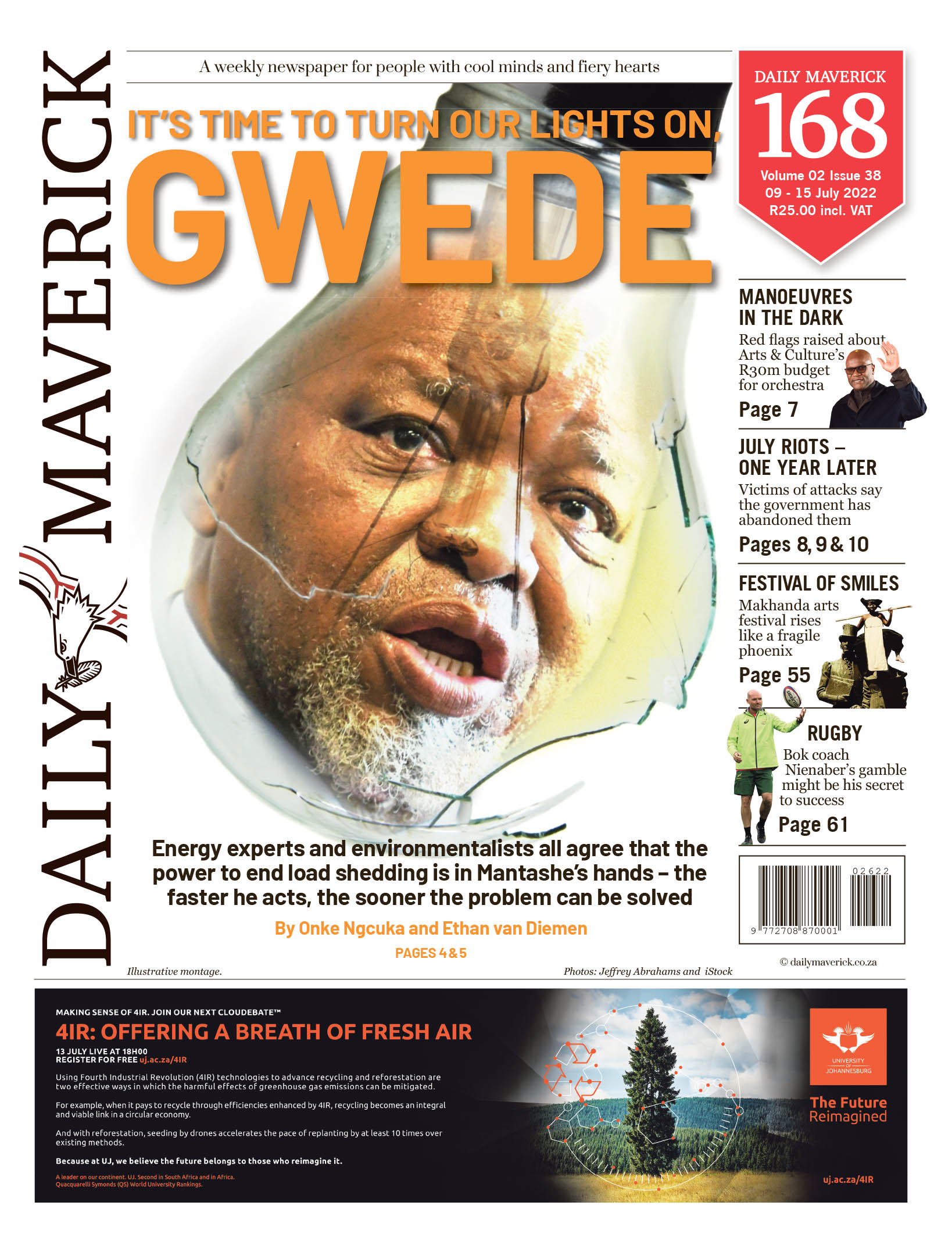New Frame’s closure last week is a loss for diversity of voice in the news analysis mediascape of South Africa. The online publication provided an unapologetic left perspective during the worst political and economic crisis we’ve seen in the democratic era.
After nearly four years, funding has been stopped. An editorial statement released this week wasn’t clear, but it appears New Frame had just one funder, who decided to pull the plug.
There are many layers to this story: media freedom is linked to media diversity and plurality (we are freer when we have more voices, not fewer); depleted newsrooms with New Frame’s 28 journalists now adding to the already retrenched (and continual stream of resigning) pool from mainstream and community media; sustainability of journalism models in the digital age; and international giants, with big tech and social media greedily gobbling up space, and profits, from local and national media.
New Frame was an alternative voice, basing its news analysis on class and race social justice; tackling poverty and the overlap with blackness, intersectional struggles of women in this matrix, climate justice issues, the Marikana Massacre of legitimately striking miners, LGBTQI+ struggles, the uprising in Swaziland, xenophobia, and listening to decolonial academic thinkers – voices outside the “neoliberal consensus”.
Sustainability models up in the air
Just about all media have digital offerings, and there is no hefty stream of revenue for journalists’ salaries. Some media organisations erect paywalls (New Frame didn’t), some have insider subscription models and donors. Retrenchments have come in waves, sometimes in steady drips, over 10 years.
The first annual State of the Newsroom, South Africa 2013: Disruptions and Transitions report described the newsroom as “a ship sailing into extreme headwinds of change from digital disruption, regulatory change and government hostility, to downsized newsrooms, declining circulation and shifting revenue models”.
Read in Daily Maverick: “In this age of media zombification spare a thought for audiences”
The headwinds are now a torrential storm, though there are pockets of excellence, in particular with investigative journalism exposing the looting fat cats of State Capture. But it’s not all good media and all bad politicians; we have media capture too, rogue journalists siding with rogue politicians in ANC factional battles.
About 1,000 journalists lost their jobs in the past year; about 100 community newspapers were closed. Many journalists have moved to “the other side” – marketing, communications, PR and advertising. Others are freelancing, studying or not working at all.
As New Frame says in its parting editorial, media is expensive and donor funding is not a sustainable model. It also says: “We are an impoverished and violent society presided over by a crass, vicious and predatory economic and political elite.”
New Frame was a media “green shoot”, a new offering that didn’t give more voice to the already powerful. Academic works of Herman Wasserman, Jane Duncan, Sarah Chiumbu, Steven Friedman and others tell of the lack of diversity of opinion and lenses in mainstream media, in particular with regard to one big case, the Marikana Massacre. The July 2021 failed insurrection and the KwaZulu-Natal floods of 2022 are other examples.
The transition to digital is often messy and unpredictable. The spread of news via social media platforms has given rise to propaganda, while enabling dangerous fake news to spread. Media companies, however, continue to shrink newsrooms.
The South African National Editors’ Forum (Sanef) AGM in June brought in the South African Depression and Anxiety Group to provide counselling for journalists suffering anxiety and depression after seeing dead bodies, for example. However, there is also a lot of trauma about the state of the newsroom, loss of jobs and having to work a 24/7 cycle.
Old-style editors and publishers don’t like to acknowledge “mental health issues” among journalists, though they are increasingly providing counselling on the house.
Does ‘New Frame’ have options?
New Frame’s editorial says it is “taking a break” – subtext: exploring options. Online partnerships with TimesLive, News24, BDlive? They are not the right fit and are ideologically too different.
Requesting an endowment from Sanef’s keynote speaker, multimillionaire philanthropist Patrice Motsepe, who spoke so lovingly about media freedom? A capitalist backing left-wing media is a turkey looking forward to Christmas. But you never know.
There was hope of a reimagining of public-interest journalism (as opposed to what is interesting to the public – celebrity news, gossip, sex, entertainment).
Read in Daily Maverick: “Social media, riots and consequences”
In the digital transition no one has really cracked the code to making money, though The New York Times now gathers a chunk of revenue from digital subscriptions and digital advertising. But this is an international publication whose brand was firmly entrenched long before digital disruption. And its subscription numbers keep changing.
A role for the government to fund? So far, whatever it touches turns to dust.
In the book Power and Loss in South African Journalism: news in the age of social media (Wits Press, 2020) I wrote that the government-funded Media Development and Diversity Agency has been hopeless. It can’t help even the dying community newspaper sector. There were 4,000 jobs in the sector 20 years ago, now it’s a couple of hundred. Community news groups resorted to Facebook instead of forming independent online digital news products.
Read in Daily Maverick: “Massive staff costs at state Media Diversity and Development Agency stifle media funding”
Social media and the internet were expected to bring more diversity. Instead, more power has gone to international technology companies.
Hatred, especially misogyny against political journalists, is rife. This is the storm New Frame finds itself in. Let’s hope a funder emerges. DM168
This story first appeared in our weekly Daily Maverick 168 newspaper, which is available countrywide for R25.


















 Become an Insider
Become an Insider
Comments - Please login in order to comment.